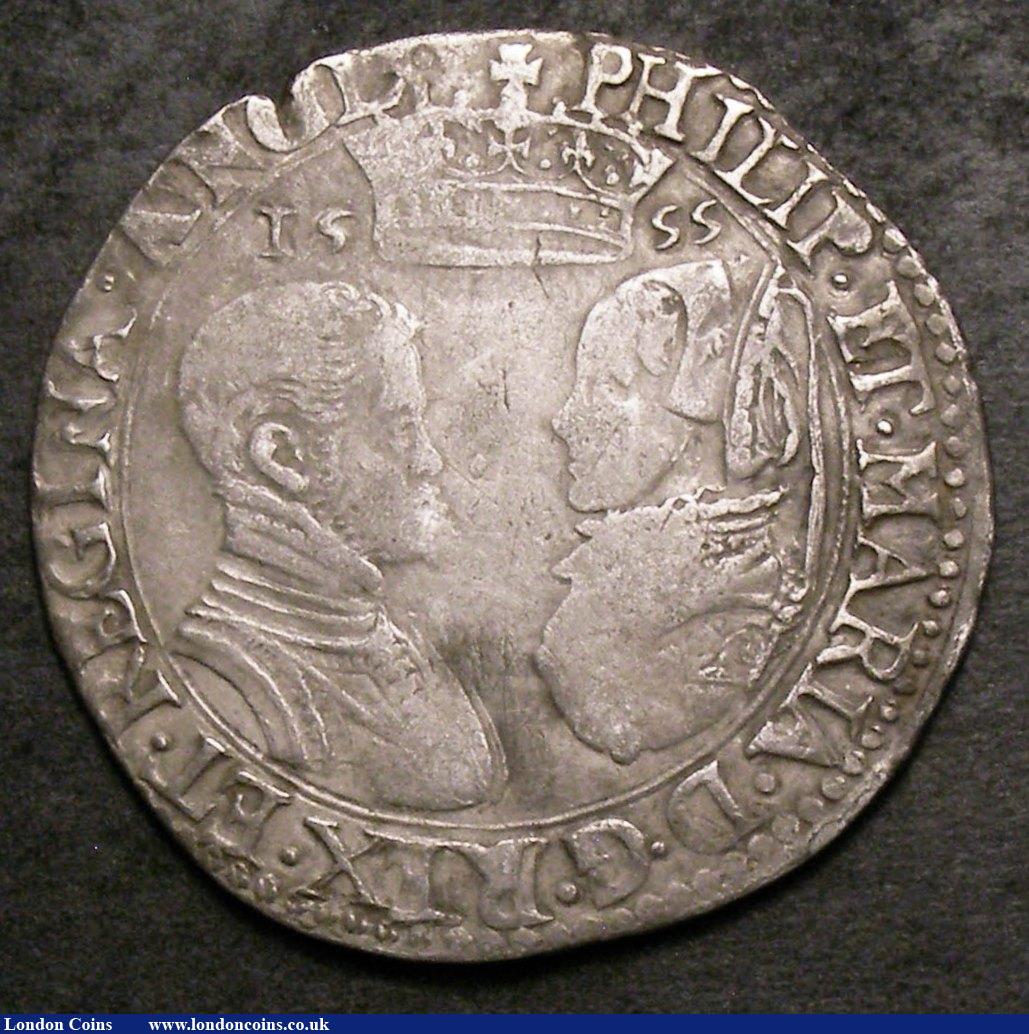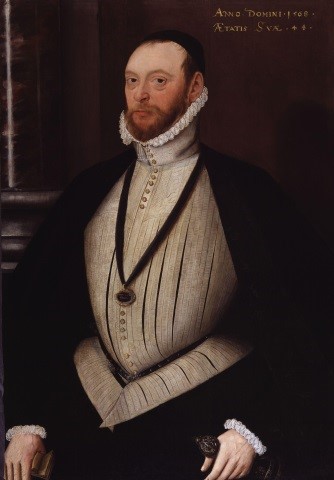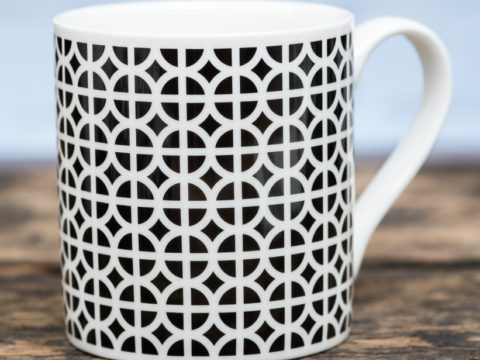Mary I: Life Story
Chapter 9 : Disappointment & The End
The burnings continued, although it has been shown that they were reducing in numbers over the years as the most radical and vociferous Protestants were eliminated. This, together with the positive programme of Catholic education and reform, leads most modern scholars to believe that, had Mary’s reign lasted longer, the old faith would have been sufficiently entrenched to remain the dominant faith in England. It is certainly not apparent from contemporary sources that the public at large saw the burnings as an unforgivable offence, although there were definite murmurings in London, which was the most Protestant area.
In late August 1555, Mary appeared in London with Philip, having emerged from the embarrassing months at Hampton Court. She was greeted with great enthusiasm by the crowd, which was no doubt a pleasing restorative, but two days later, she was obliged to watch as Philip departed for the Low Countries. Mary missed him badly, but consoled herself with the company of Pole, and also spent more time with Elizabeth, who went with her daily to Mass.
Mary’s titles were augmented in late 1556 when Charles abdicated the Netherlands and the throne of Spain to Philip. In return, Philip wanted to be crowned as King of England and gave Mary to understand that that might be the price of his return. He also suggested that she might like to join in his war with France.
Well aware that neither of these courses would be acceptable to her subjects, Mary was obliged to resist Philip’s requests.
The disappointment of the phantom pregnancy, the departure of Philip, and the depressing sight of martyrs burning, was exacerbated by the economic problems of the mid-1550s. There were several years of appalling harvests, which combined with inflation and the straitened circumstances of the Crown to create an air of gloom.
New coinage was issued to try to get on top of the inflation caused by debasement, and a good deal of retrenchment and even penny pinching began, but Crown finances, which had never recovered from Henry VIII’s expenditure, and the poor husbandry of Edward's protectors, were not helped by Mary’s insistence on returning many of the former monastic lands held by the Crown to the Church.

In early 1556 a new plot was discovered. Led by Sir Henry Dudley, cousin of the late Duke of Northumberland, and other Protestants, who had previously been associated with Sir Thomas Wyatt, it had been partially financed and wholly encouraged by the King of France.
Cardinal Pole was informed of the plot by an Exchequer official who became aware that part of the plan was to steal the bullion from the Tower. The ringleaders, with the exception of Dudley, who had escaped to France, were executed. Elizabeth’s household also fell under suspicion – her Governess, Kat Ashley, was found to have incriminating literature, but Elizabeth herself was not accused of involvement. With Mary childless, the alternative heir to Elizabeth was Mary, Queen of Scots, who would one day be Queen of France. Such a state of affairs was the last thing Philip wanted, so he discouraged Mary from proceeding against her sister.
In return for his protection, Philip wanted Elizabeth to marry his ally, Emmanuel Philibert of Savoy. Mary was distinctly unimpressed with this plan – partly because Elizabeth had rejected the idea out of hand and Mary was reluctant to coerce her, although she threatened to have Elizabeth publicly disinherited and replaced with Mary, Queen of Scots. Mary might also have been chary of giving Elizabeth wider European support.
She wrote to Philip that there was no prospect of the marriage being agreed without him returning to England, so in March 1557 he came back. Top of his agenda was persuading Mary to join the war against France. Bizarrely, this war led to Philip being in direct conflict with the Pope, who, in retaliation, tried to recall Cardinal Pole to Rome to face heresy charges. Mary might have believed in Papal Supremacy, but she would no more let the Pope dictate to her than any of her predecessors would.
She categorically refused to let Pole leave the country and be replaced with a Papal nominee. She informed the Pope that, if there were any charges of heresy to be preferred against Pole, that they must be heard in England, and in any event, she took him for a good Catholic.
Whilst there seems little to choose between France and Spain in the matter of the ongoing war between them, it was undeniable that France had actively sought to undermine Mary, supporting plots against her, and harbouring traitors. Although Henri II did not wish to be in a state of open war with England, Mary had had enough of his interference. Two new ships had been commissioned – the Philip and Mary, and a new Mary Rose and they were ready for war by early 1557. Additionally, 6000 foot and 600 horse were raised.
Mary summoned her Council, and on 1st April, requested them to approve a declaration of war against France. After two days of deliberation, they rejected her request. Whilst they would support Philip with money and ships, in accordance with the marriage treaty, England should go no further. Open war with France would be economically disastrous. Mary was incandescent with rage, and, taking them one by one, bullied them into offering troops, although an open declaration of war was still resisted.
Mary and Philip were not satisfied, and then the French again provoked hostility by funding a ludicrous invasion by Sir Thomas Stafford (a nephew of Cardinal Pole, but a Protestant). He landed in Scarborough, whose castle he seized. Quickly captured and executed, he had furnished the casus belli needed for a declaration of war on France. Henri received it derisively, saying he could not even be bothered to listen to such a challenge from a woman.
Philip departed on 6th July. Despite the misgivings of the Council, the nobility, who hadn't had a chance to show off in armour since 1543, were all agog to join the King in his expedition. A force of over 1,000, led by William Herbert, Earl of Pembroke (and a Protestant) joined the King. It included the sons of the late Duke of Northumberland and other young men eager to claim glory in a foreign war. The combined Anglo-Spanish troops won a resounding victory at St Quentin but Philip, always cautious, did not follow up with an attack on Paris.
Unfortunately, one of the areas where Government expenditure had been slashed was in the defence of Calais. Calais was the last English toehold in France and thus was hugely symbolic, even if it was a practical nuisance and drain on resources. The Governor, Thomas, Baron Wentworth, had warned of decaying defences, but no money was available for repairs.

Whilst Philip was dithering about his next move, a lightening swoop by Henri II and the Duke of Guise (uncle of Mary, Queen of Scots) recaptured Calais on 7th January, 1558. The outlying fortresses of Guisnes and Hammes held out for another two weeks, but had no choice by 21st January but surrender.
Mary, her Government, her Parliament and her people were appalled, but there was no money or leadership to take it back. Philip, having achieved his objectives hadn't the slightest interest in recapturing the town. She is alleged to have mourned this bitter climax to her reign with the words ‘When I am dead and opened, you shall find Calais engraved on my heart.’
Adding to her grief, were both the dashing of her revived hopes of pregnancy, and the ongoing wrangle with Pope Paul IV over Cardinal Pole. Although a truce had been signed in September between Philip and the Pope, Pole had not been officially reinstated as Papal Legate, and Mary’s relationship with the papacy continued to be strained. She repeatedly reaffirmed her obedience to the Holy See, but nevertheless, she would not hand Pole over or accept any other Papal nominees.
These repeated blows of fortune drove Mary into increasingly poor health and, perhaps, depression. Although she had implied that she would name the Catholic Lady Margaret Douglas, Countess of Lennox as her heir, the reality was that Elizabeth was next in line. Mary tried to persuade Elizabeth to confirm her adherence to the Catholic faith, but Elizabeth equivocated. Nevertheless, Mary would not take the step of forcing her sister to marry, as Philip had previously suggested, which would have taken her out of the country.
The End of an Era
In the summer and autumn of 1558, after another poor harvest, a severe epidemic of influenza struck England. People died in their thousands and the Queen fell ill. She had made her Will in hope of bearing a child, but, knowing that was now impossible, she added a codicil, not specifically naming Elizabeth, but referring to her heir “by the Laws and Statutes of the Realm”. She directed that her father’s and brother’s debts be paid, and left bequests for the new religious houses she created. She also wanted her mother’s body to be exhumed and laid to rest with her. None of these wishes was carried out.
At the very end, Mary accepted that Elizabeth must follow her, and sent her the coronation ring. Mary died, aged 42, at St James’ Palace. Her funeral oration was preached by John White, Bishop of Winchester, who praised her in glowing terms:
‘.she used singular mercy towards offenders. She used much pity and compassion towards the poor and oppressed…I verily believe, the poorest creature in all this city feared not God more than she did.’
Elizabeth was not amused and had the bishop thrown into gaol.
Mary left a terrible memory of religious persecution, much of which was created by propaganda long after her reign, but she also proved that a woman could rule as well as a man, and that a Queen of England had the same power, majesty and authority as any King. Her tomb is at Westminster Abbey, where she lies interred with Elizabeth under the words (in Latin)
‘Partners both in throne and grave, here rest we two sisters, Mary and Elizabeth, in the hope of one resurrection.’
This article is part of a Profile on Mary I available in paperback and kindle format from Amazon.
Mary I
Family Tree




